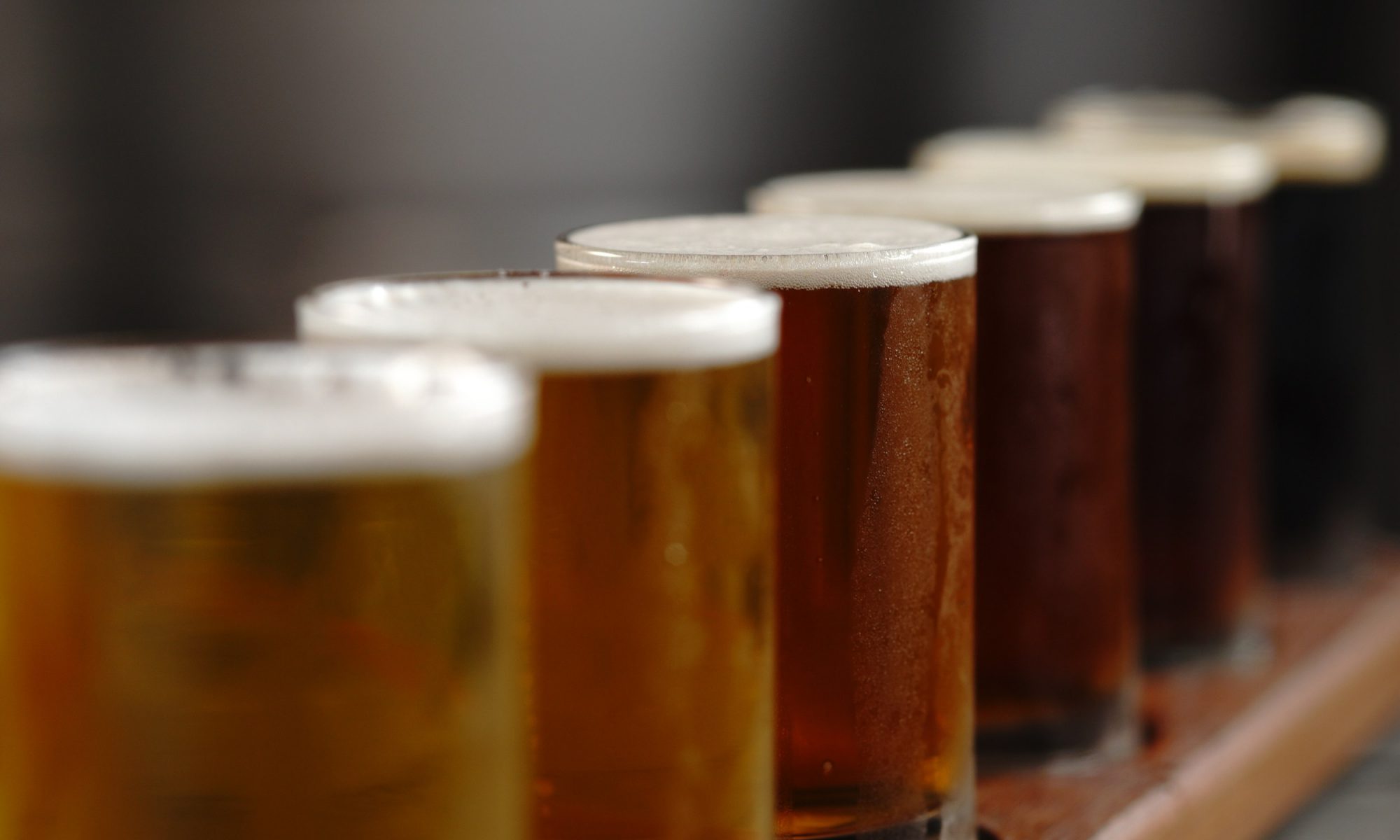A normal brew day is about 6-7 hours. How can we make it shorter?
Our usual time saving activities:
- Measure and weight malts, hops and chemical the day before.
- Fill the HLT the day before with strike and sparge water to allow any chlorine to escape.
- On the day heat the water while doing other things (sleeping, breakfast etc.).
- Ensuring that tasks that can be done in parallel are (e.g. activating yeast while the wort is aerating).
New ideas (for us):
- Mash for as short a time as possible as the malt allows. Well modified malts (base malts) don’t need much time – about 20 minutes to convert.
- Use the sparging as extra mash time.
- Collect as little wort as possible (low strike to grain ratio/minimal sparging). This reduces the heating and cooling times.
- Draining directly into a heating boiler will cut down on the time to reach a boil.
- Boiling doesn’t need to be for more than 15 minutes. Just enough time to extract and isomerise the alpha acids from the hops. Less time means more hops but the extraction is not linear and most of the extraction is done earlier.
- Fast cooling can be done using a plate chiller straight into the fermentor.
- Remember to aerate the wort as it’s draining into the fermentor and activate your yeast at the same time.
So the numbers: Heating 20L is about 40m. Mash 15m. Drain 10m. Wait 10m. Drain 10m. Heat for 20m. Boil 15m. Cool 15m. Add 15m for ancillary bits and pieces.
Total: 2.5h. Less than 2h after the water is heated the yeast can be pitched.
Without a plate chiller about another 30m is required. Using ice can help though. 1L of ice at -20C in 10L of wort at about 30C will drop the temperature by about 6 or 12C. Given that the longest part of the cool is the last 15-20C then this can save quite a bit of time. Adding ice also helps to top up the low wort volume.
We brew as a couple so there are certain things that one can be doing while the other is doing something else but it’s worth understanding your own ‘critical path’. One of our limitations is that our HLT is also our Copper so the wort sits in buckets waiting until the sparging is over before it can be heated and boiled. A separate Copper would mean that the heating and boiling could start as soon as the vorlaufing is over (although it would make sense to have a reasonable volume of wort first to avoid burning anything).
The usual critical path is something like:
Filling HLT -> Heating liquor -> Mashing -> Vorlaufing -> Sparging -> Heating wort -> Boiling wort -> Cooling wort -> Fermenting -> Conditioning -> Bottling.
There’s no way to change the order and only some overlap is possible (e.g. heating while filling).
In a larger set up, where there’s multiple pieces of the same equipment, there are savings to be made. e.g. reusing the (warmed) water used to cool the wort as liquor, or conditioning one brew while fermenting, cooling, boiling, sparging and/or mashing others (pipelining).
